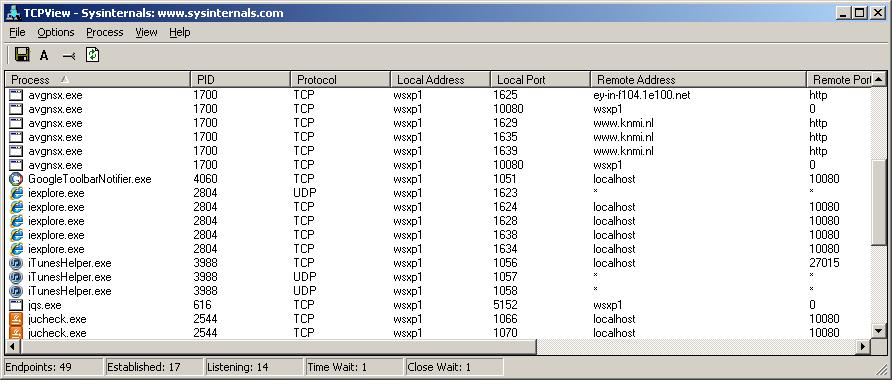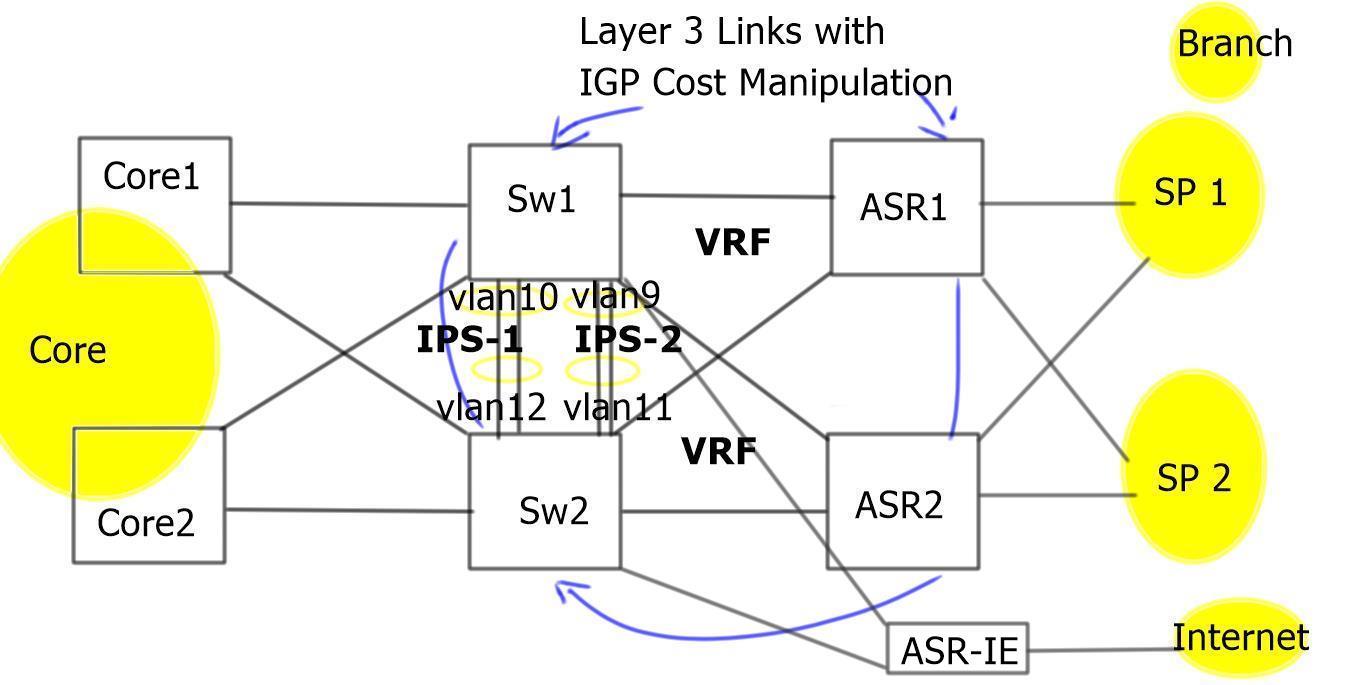

Note the "10 duplicates" indication shown in the "looping connections" header. Line), as well as a bunch of random TCP connections going over the loopback interface.Īlso shown are the TCP connections' states and the reverse-resolved name of the remote IP addresses.

For Microsoft Windows, there is tcpview.Wireshark - Wireshark (ex Ethereal), which is the dog's bollocks.No longer available at its old Christmas Island address, but you can just yum install tcptrack. The program may appear slow if /etc/nf does not explicitly say nameserver 127.0.0.1, causingĭNS resolution to issue a IPv6 request which times out. Short-lived connections that a created and disappear before they can appear in the next netstat listing are invisible.įor that, only something based on tcpdump(8) helps. (N can be missing (default is 1) or else 1.3600) loop The program will loop every N seconds, forever, instead of running once only. dnsnamelen=N Size of column holding the DNS lookup result (default 50 at least 30). (you may also want to wield this: 'tcpdump -i lo udp port 53') debugdns Print time taken for DNS lookup to STDERR useful when debugging DNS problems. Hit on the program cache, no timing information will be printed in any case)

(note that timing is printed only on lookup if there is a cache notiming Do not insert time taken for DNS lookups in output. nodns To disable reverse DNS lookup just IP addresses will be printed.


 0 kommentar(er)
0 kommentar(er)
